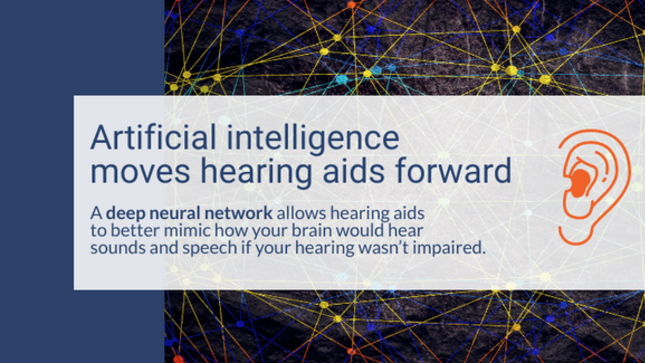
The ever-evolving realm of hearing technology has seen remarkable shifts over the years. But among the most impactful trends has been the emphasis on affordability without sacrificing quality. Let’s explore this transformative journey.
Hearing loss affects millions worldwide, and while the advancement of technology has provided some reprieve, the high cost of hearing aids has often made them inaccessible for many.
However, recent developments have ushered in a new era of affordability without compromising on quality. Here, we delve deep into the latest trends in affordable hearing aids and their implications for users and the industry.
Technological Advancements Making Waves
In the constantly evolving domain of medical technology, hearing aids have not been left behind. These tiny devices have transformed from mere amplifiers to state-of-the-art gadgets packed with features that seemed unimaginable just a decade ago.
The last decade has witnessed unprecedented strides in hearing aid technology, making devices smarter and more adaptable than ever before:
● Integration of AI: Hearing aids now come equipped with artificial intelligence capabilities that adapt to different environments. These devices learn from the user's preferences over time and adjust accordingly, eliminating the need for frequent manual adjustments.
● Rechargeable Batteries: The shift from disposable batteries to rechargeable ones has not only cut costs for users but has also reduced environmental waste. Users now enjoy longer usage times without the constant need for replacements.
The Rise of Over-The-Counter (OTC) Hearing Aids
Policy changes can be game-changers in healthcare industries. The introduction of OTC hearing aids is a testament to how regulatory shifts can democratize access to essential health devices.
The U.S. Food and Drug Administration (FDA) recently paved the way for OTC hearing aids, marking a significant change in the way consumers purchase these devices:
● Affordability: As the name suggests, OTC hearing aids come without the need for a prescription or a visit to an audiologist. By removing these intermediary steps, manufacturers have been able to reduce prices considerably.
● Consumer Empowerment: With the freedom to choose and adjust their device, users gain more control over their hearing experience. This democratization allows for a more personalized fit and function.
Teleaudiology: Remote Care Becomes the Norm
The digital age has brought healthcare closer to the patient, breaking the boundaries of brick-and-mortar clinics. Teleaudiology stands as an exemplar of how technology can revolutionize the patient experience, offering convenience without compromising on care.
With the growing ubiquity of telemedicine, teleaudiology has emerged as a boon for those seeking hearing aid solutions:
● Remote Fittings and Adjustments: Audiologists can now adjust hearing aids in real-time over video calls. This has especially benefitted those living in remote areas or those unable to frequently visit clinics.
● Online Hearing Tests: Preliminary hearing tests, once exclusively done in clinics, are increasingly available online. These give users a basic understanding of their hearing health, guiding their subsequent choices.
The Impact on Users and the Industry
Innovation rarely happens in isolation. As hearing aid technology and accessibility improve, ripples are felt throughout the ecosystem — from manufacturers to audiologists, and most importantly, to users.
The ripple effects of these developments are profound, both for users and for the hearing aid industry:
● Enhanced User Experience: With smarter technology and more control over their devices, users enjoy a seamless auditory experience. The hassle of frequent adjustments or clinic visits has been drastically reduced.
● Market Expansion: With reduced prices and increased accessibility, a larger segment of the population now considers investing in hearing aids. This has led to a surge in demand, pushing manufacturers to innovate further.
With reduced prices and increased accessibility, a larger segment of the population now considers investing in affordable hearing aids. This has led to a surge in demand, pushing manufacturers to innovate further.
Conclusion
As we synthesize the threads of technological advancements, regulatory shifts, and telehealth, a clearer picture emerges of a domain in transition. Let's reflect on the journey so far and anticipate what the future holds for the hearing aid industry.
The realm of hearing aids is witnessing a transformative phase, with technology and policy working hand-in-hand to make quality hearing solutions more accessible.
For users, this means a world where hearing impairment doesn't equate to compromised living. For the industry, the horizon has expanded, beckoning with opportunities for innovation and growth. As we look ahead, it's evident that the harmonious blend of affordability and quality will dictate the trajectory of the hearing aid sector.